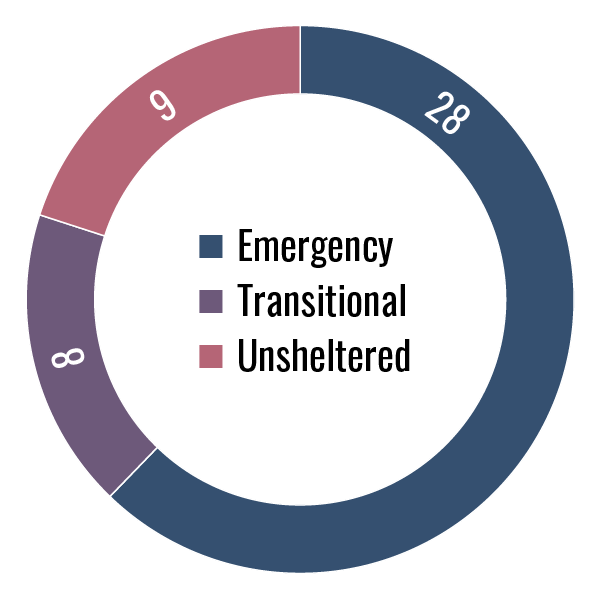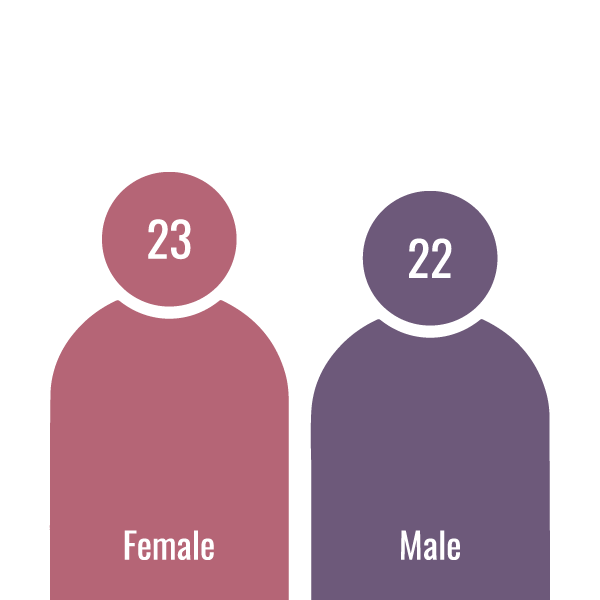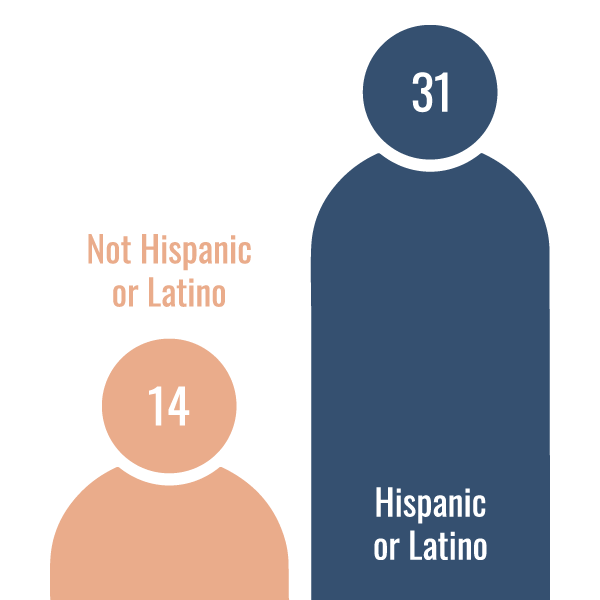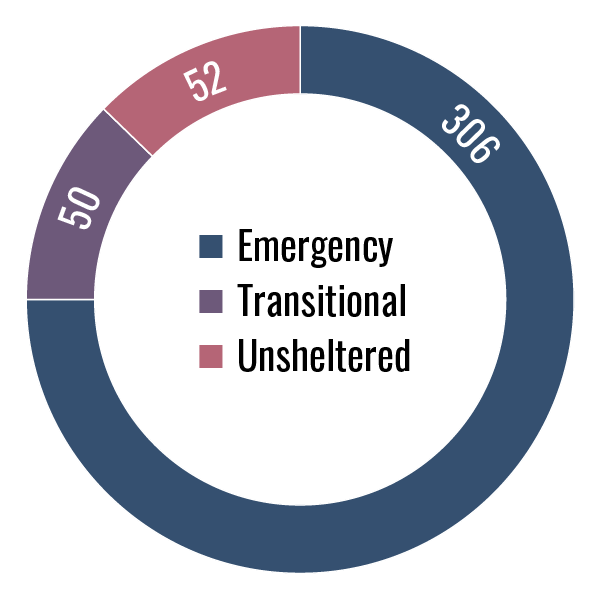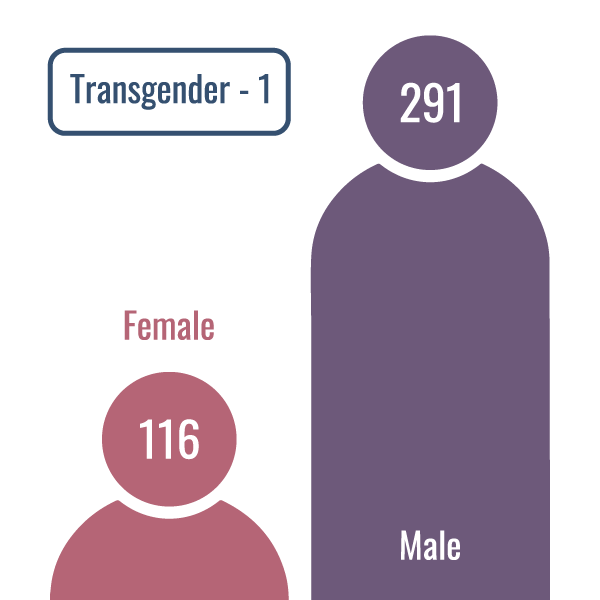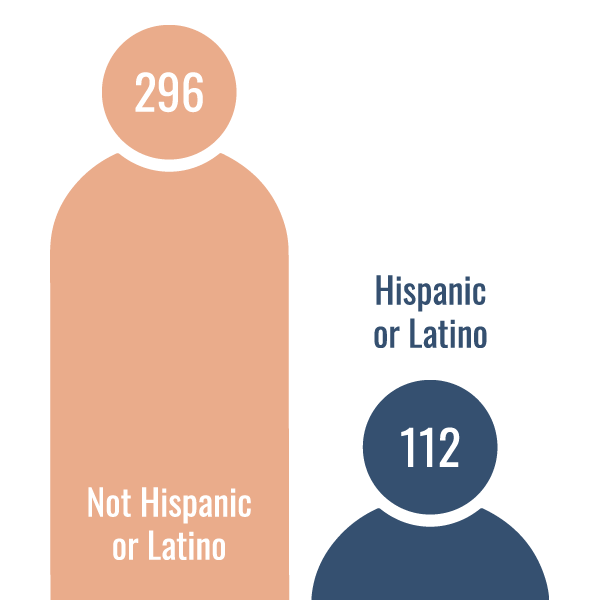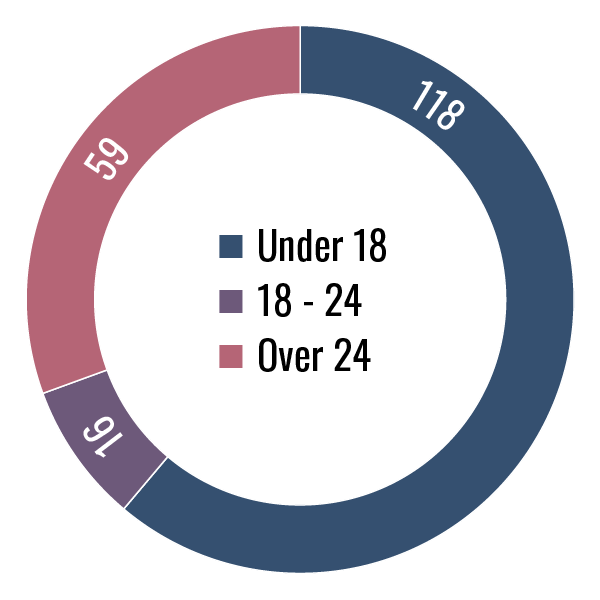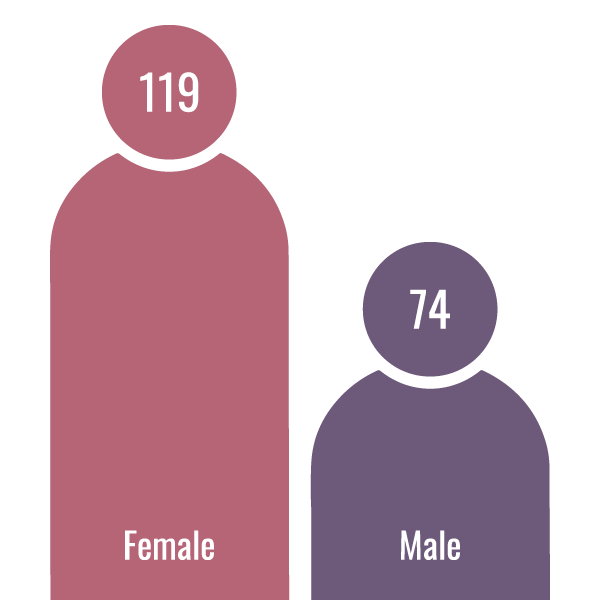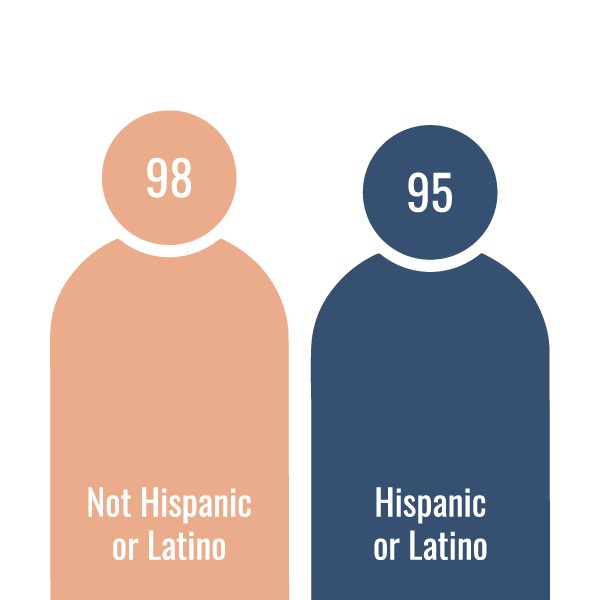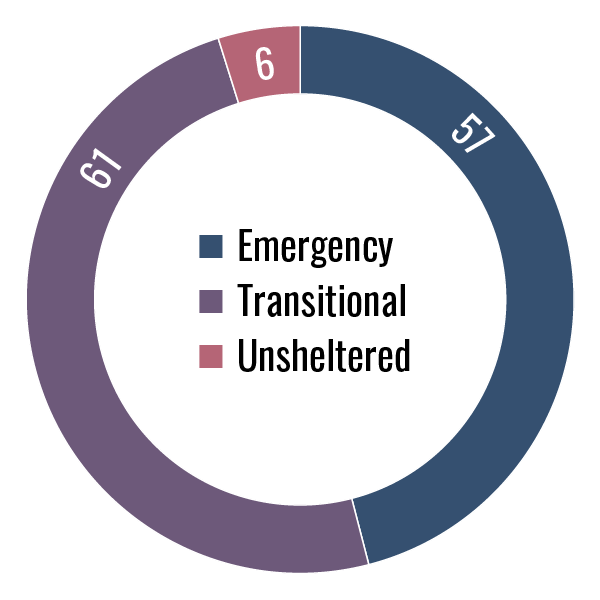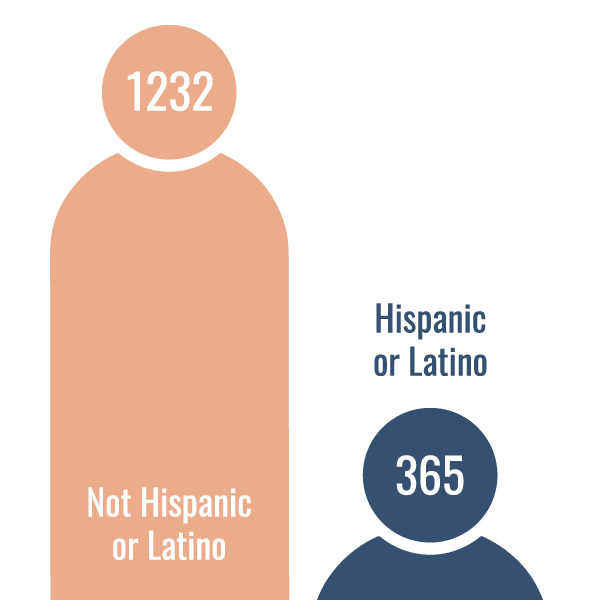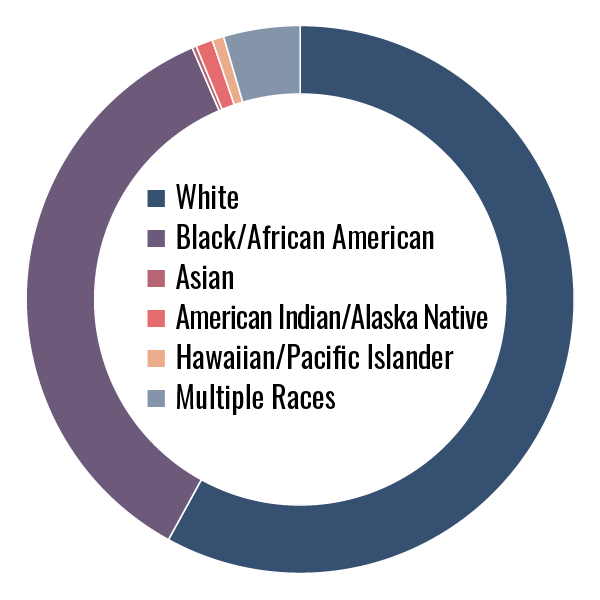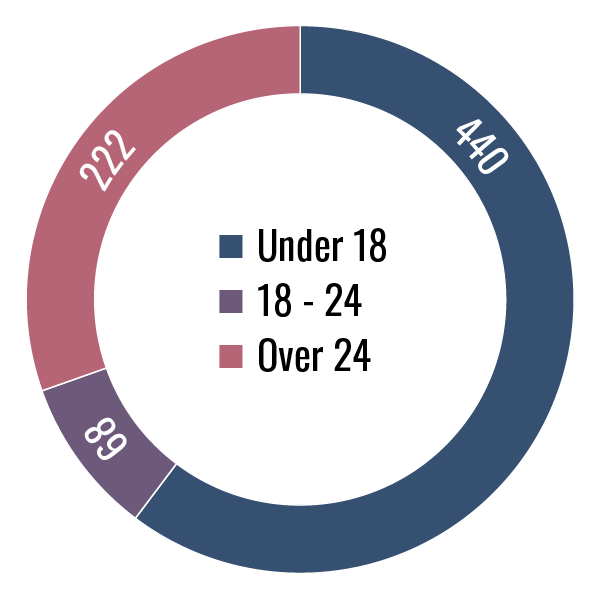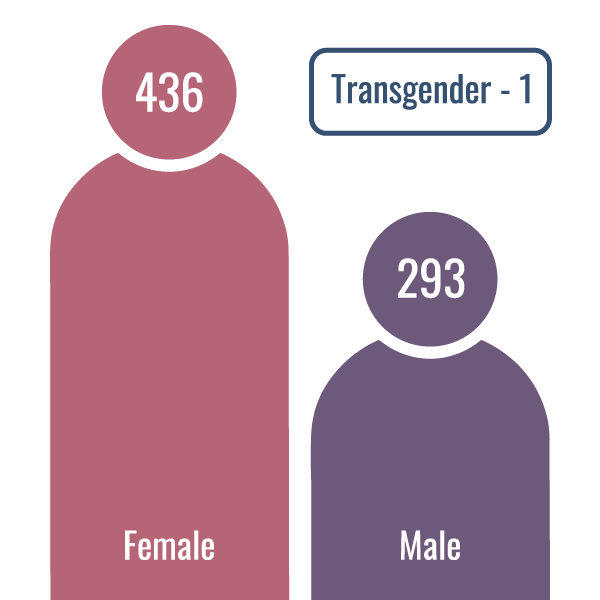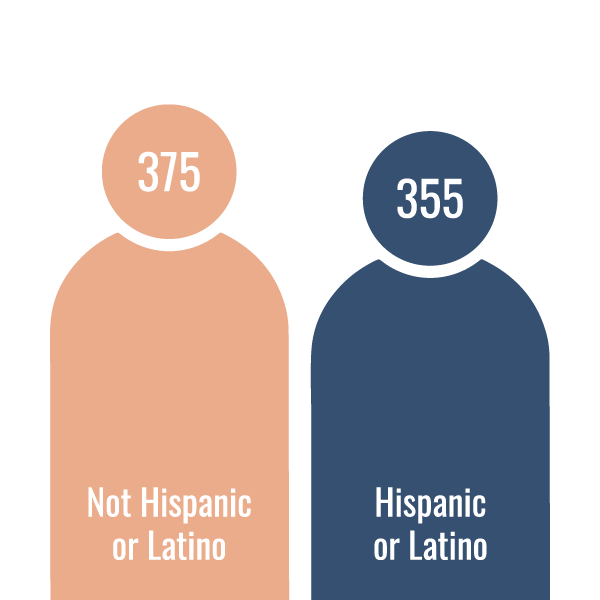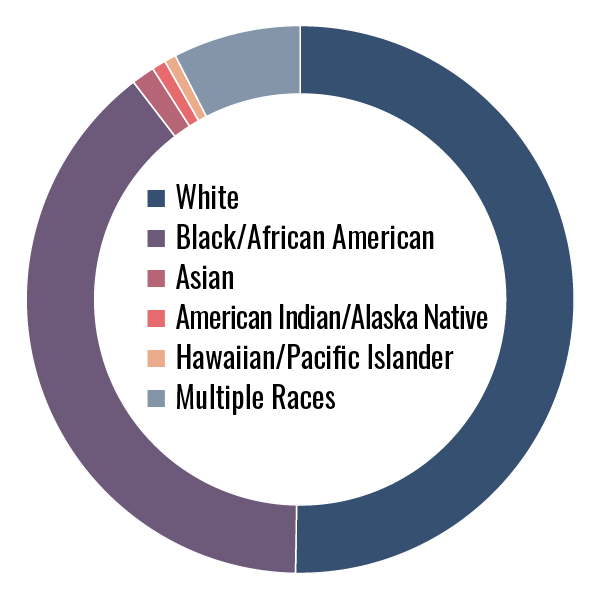Introduction
More than just numbers!
Advancing CT Together is pleased to present the results of the 2022 Annual Point-in-Time Count. The Point-in-Time (PIT) Count is a HUD-required annual survey of sheltered and unsheltered people experiencing homelessness on a single night in January. The PIT is coordinated under the direction of the two Connecticut Continuums of Care (Opening Doors Fairfield County and Balance of State). Read More

HUD and the Continuums of Care use the data from PIT counts to evaluate the effectiveness of local agencies' efforts to address homelessness and to seek funding from Congress for homeless services in the country. Coupled with the Housing Inventory Count (HIC), a summary of the state’s capacity to meet the needs of its citizens experiencing homelessness, these numbers are guideposts. Since the first count in 2005, we have gotten better at estimating these numbers. Using an increasingly robust data system we are able to more accurately capture the utilization of our homeless housing services system as well as capture information known about those living outdoors (“the unsheltered”). Known as HMIS (Homeless Management Information System), this database has all but replaced the need for a one-night physical paper-and-pen count on the streets of Connecticut during the wee hours of the night on a cold late January day (the required timeframe from HUD).
Imperfect as they are, these numbers and the focus on doing an annual count remind all of us that there is work to be done. We are not just counting the number of those who are sheltered and unsheltered for the sake of knowing the scope of “the problem”. We are doing the count to cast a spotlight on the challenge that our society must do better. It provides the opportunity to engage in dialogue: Is housing a God-given right? If so, what can we do to ensure that every family is housed? Is it the homeless person’s fault that they are homeless, or has society failed them? What are the economic realities that make housing unattainable for those who are poor? (Hint: no one can afford to live in Connecticut solely on a minimum wage salary!) How do we approach individuals struggling with mental health and addiction - do we blame them and cast them aside or do we strive to meet their housing needs as the first step towards a healthier future? The PIT count numbers help tell the story, but the dialogue that ensues is where the solutions will be found. We can do better and we must!
Advancing CT Together coordinated the 2022 PIT and HIC along with our partners, the CT Coalition to End Homelessness, which manages HMIS, Housing Innovations, LLC, and Nutmeg Consulting, LLC alongside the tireless service providers that serve the men, women, youth, families, and veterans experiencing homelessness every night of the year.
Each number in the report represents real-life persons and families with hopes, dreams, and the right to be stably housed. We hope that reviewing these numbers will inspire challenging and solutions-based dialogue.

Overview

The U.S. Department of Housing and Urban Development (HUD) has required Continuums of Care (CoCs) to perform an annual count of people experiencing homelessness, both sheltered and unsheltered. This project has two critical components to it. The Housing Inventory Count (HIC) is a point-in-time inventory of local provider programs that provide beds and units dedicated to people experiencing literal homelessness (per the HUD and Mckinney Vento definitions), which are identified by five program types: Emergency Shelter, Transitional Housing, Rapid Rehousing, Safe Havens, and Permanent Supportive Housing. The Point-in-Time (PIT) Count is the count of sheltered and unsheltered people experiencing homelessness, on a single night, in January.
Methodology
On Tuesday, January 25, 2022, the State of Connecticut conducted its annual statewide Point-in-Time (PIT) Count of people experiencing homelessness. This document outlines a methodology and critical findings used for the 2022 PIT Count across the State of Connecticut. As required by HUD, the CT Balance of State (CT BOS) and Opening Doors Fairfield County (ODFC) Continuums of Care (CoCs) must approve the final methodology before the “night of the count.” Read More
Before the COVID-19 Global Pandemic, street outreach volunteers would work alongside homelessness programs and agencies to canvas for homeless community members. They would identify “high probability areas,” where they would likely find people living in areas not intended for human habitation.
Beginning in 2021, the State of CT PIT count methodology has discontinued the service-based piece of the Point-in-Time (PIT) Count. By doing this, we removed the canvassing of areas and discontinued the surveys to collect self-reported data. As a result, we used data compiled from the Homeless Management Information System (HMIS), the primary source for reporting PIT Data. The data was supplemented with real-time data collected by local Coordinated Access Networks (CAN’s). Those agencies that do not use HMIS could report their PIT findings by manually entering their data points directly into the PIT Database (Developed and managed by Nutmeg IT).

Key Findings

As we reflect on the 2022 Point-in-Time (PIT) Count, we identified 2,930 people experiencing homelessness. You will find that this report will show an increase of 13% in overall homelessness from the year 2021 to 2022. However, we did identify a decrease of 30% in chronic homelessness, throughout the state, from 2021 to 2022.
The data charts below show a more in-depth summary of our findings for each Continuum of Care.
Opening Doors Fairfield County
CT Balance of State
